At the end of 1964 Ritchie Ginther left BRM to join Honda and was replaced by a rookie Scotsman, a protege of Timber Merchant and emergent entrant Ken Tyrrell, by the name of Jackie Stewart who would go on to make an impact on the sport way beyond that of quite possibly any other Formula One driver in history.
During his first season Jackie drove a BRM P261 to victory after just 8 starts in the Italian Grand Prix, cementing a reputation as a rapidly maturing driver on the back of 6 other finishes that included three 2nds, one 3rd and a 6th.
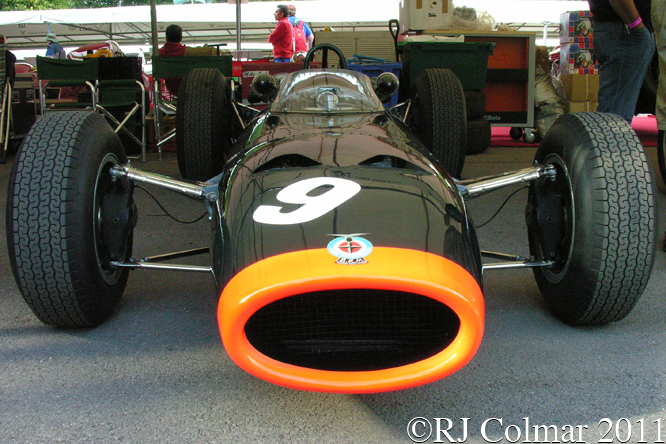
In the off season BRM headed to the warmer climbs of the antipodes for the Tasman series which Jackie won at his first attempt taking four victories from 8 starts with a 2 litre / 122 cui V8 BRM P261 against a field that was allowed to run engines up to 2.5 litres /.
After winning the 1966 Formula One season opening Monaco Grand Prix, still in a 2 litre V8 BRM P261 but now running in a championship for cars with 3 litre / 183 cui motors, Jackie was caught out by a flash flood and had an accident at Spa during the Belgium Grand Prix which would and continues to change the sport for ever.
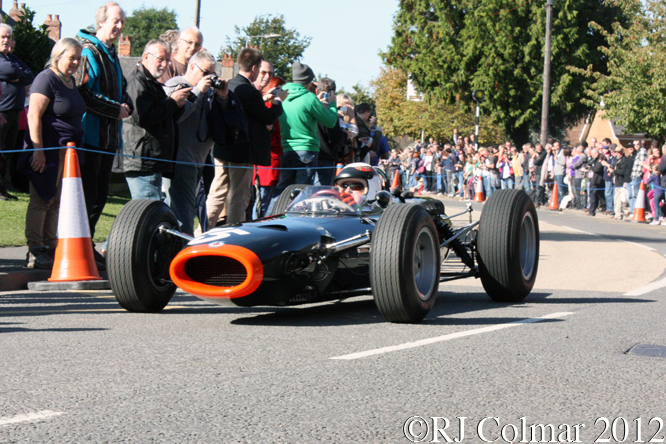
Jackies injuries were minor compared to the fact that he found himself trapped and soaking in a banana shaped tub of fuel with no safety switch to turn off the vehicles electrics, no tools with which to undo his steering wheel, and no marshals to help him either.
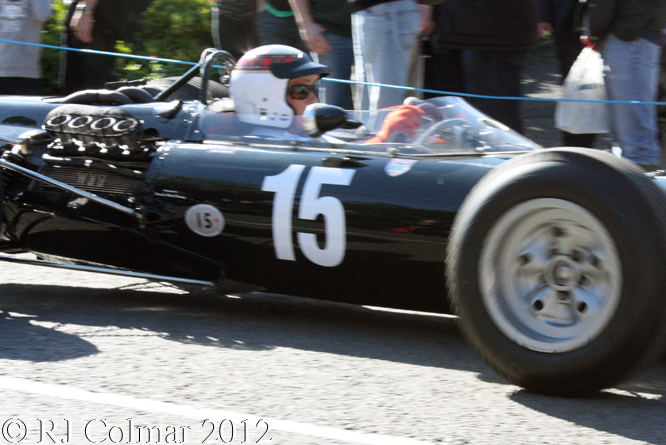
Eventually his team mate Graham Hill and Bob Bondurant who was driving a privately entered BRM P261 came to Jackies rescue after they were also caught out by the same flash flood.
Using a tool kit from a spectators car Jackie was released from #P2617 after a 25 minuet soak in petrol, his ambulance and police escort managed to get lost on the way to the hospital and during the incident Jackie bravely decided that what ever the cost motor racing was about showing off his skill and not his bravery.
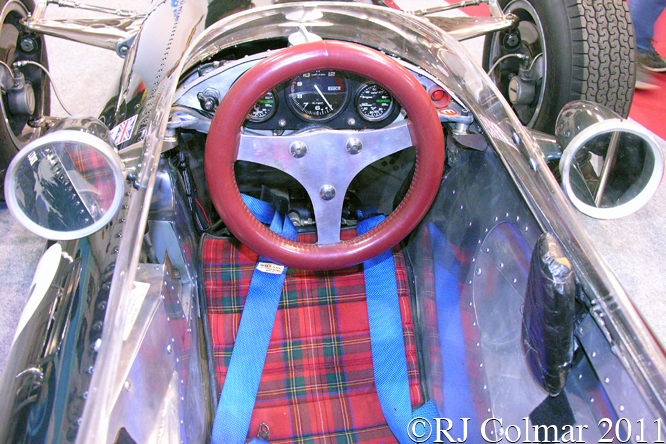
As a result of Sir Jackies tireless campaigning on safety during which he lost far too many friends to accidents and many hundreds if not thousands more due to their refusal to see that by the mid 1960’s many tracks were no longer suitable for the machinery running on them.
Tracks today are far better suited to the equipment that runs on them and the equipment is infinitely better equipped to cope when things go wrong, but as Jules Bianchi found out late last year safety is an issue which can never be taken seriously enough, and lessons must be learned from every incident lest they be repeated.
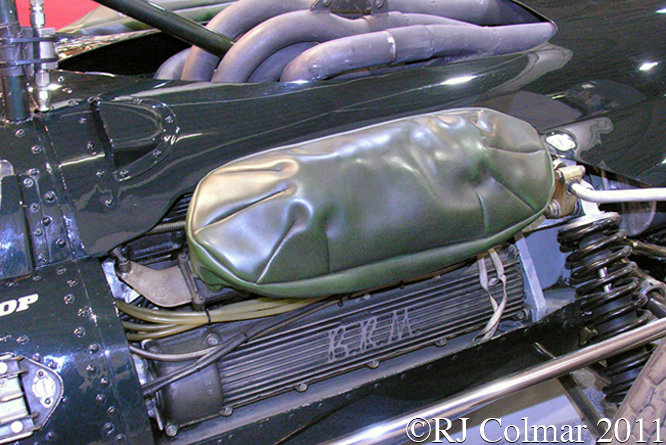
Jackie left BRM at the end of 1967 to join Ken Tyrrell who had guided Jackie from the junior ranks to the steps of BRM, while Jackie was loosing his rookie stripes Ken made plans to buy the latest Ford Cosworth DFV for the 1968 season and did a deal to use them in Matra chassis.
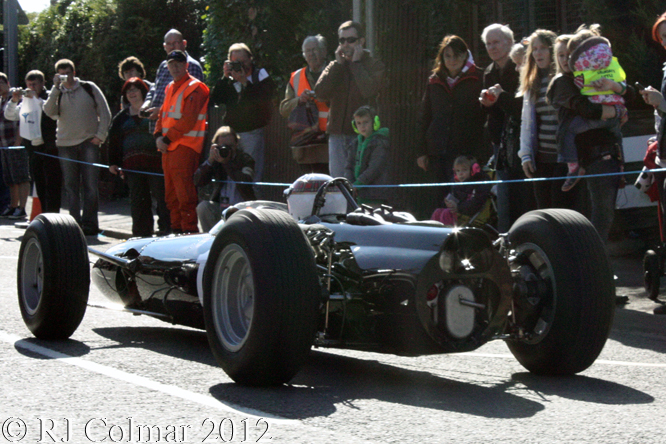
Jackie retired from the sport with the 1969, ’71 and ’73 titles in his pocket, it was the death of his team mate Francois Cevert during practice for the 1973 US Grand Prix that prevented him from making 100 career Grand Prix starts.
In retirement now Sir Jackie went on to found the Stewart Grand Prix team with his son Paul which they sold on to Ford after winning the 1999 European Grand Prix in Germany. Ford rebranded Stewart Grand Prix as Jaguar and after a couple of seasons sold the team onto Dietrich Mateschitz of Red Bull who rebranded the team into Red Bull Racing now quadruple world champions.
Sir Jackie is seen driving the BRM P261 chassis #2617-R, run by Classic World Racing, that has been recreated by Mike Ostroumoff and former works BRM P261 driver Richard Attwood who won the 1970 Le Mans 24 hours with Hans Hermann driving a Porsche 917.
Thanks for joining me on this “Safety Campaigner” edition of “Gettin’ a li’l psycho on tyres I hope you will join me again tomorrow. Don’t forget to come back now !

